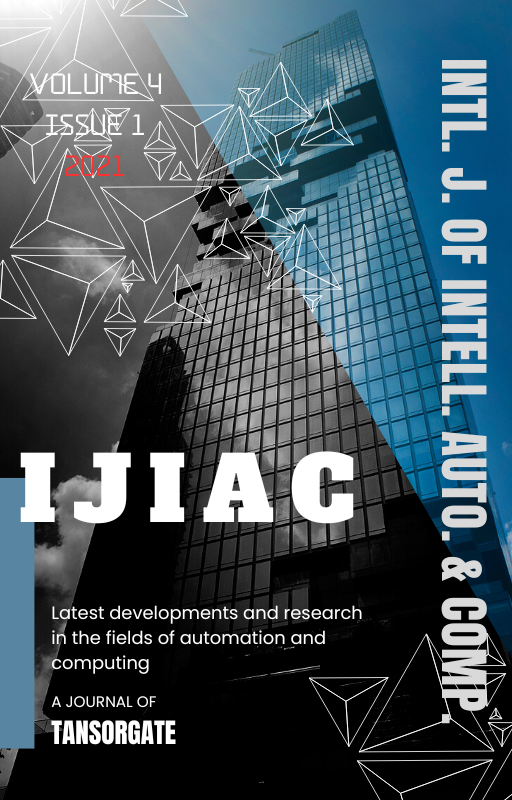Personalized Healthcare in the Age of AI: A Comprehensive Overview of its Applications and Limitations
Keywords:
AI, Applications, Data, Healthcare, Limitations, Personalized healthcareAbstract
The use Personalized healthcare has emerged as a critical approach to improving health outcomes and patient satisfaction in the modern world. The use of Artificial Intelligence (AI) in personalized healthcare has been shown to have significant potential in predicting diseases, early detection, personalized treatment, drug development, and remote patient monitoring. Despite the promises, the applications of AI in personalized healthcare are limited by various factors such as data quality, privacy concerns, lack of human interaction, ethical considerations, and cost and accessibility. This research aims to investigate the applications and limitations of AI in personalized healthcare. Through a review of the literature, we find that while AI can provide valuable insights and recommendations, the accuracy and reliability of AI models depend on the quality of the data used to train them. The use of AI in healthcare also raises privacy concerns around the collection, storage, and use of patient data. Patients may feel uncomfortable or uneasy with the idea of receiving care solely from AI systems. Additionally, the implementation of AI systems can be costly, particularly for smaller healthcare providers, and not all patients may have access to the technology required to use AI systems. While AI has significant potential in personalized healthcare, there are also limitations to its use. It is crucial to address these limitations to maximize the potential benefits of AI in personalized healthcare while minimizing potential harm. Our research findings can inform healthcare providers, AI developers, policymakers, and patients about the current state of AI in personalized healthcare and the factors that need to be considered for its effective and ethical use.

Downloads
Published
How to Cite
Issue
Section
License
Copyright (c) 2021 International Journal of Intelligent Automation and Computing

This work is licensed under a Creative Commons Attribution-NonCommercial 4.0 International License.
